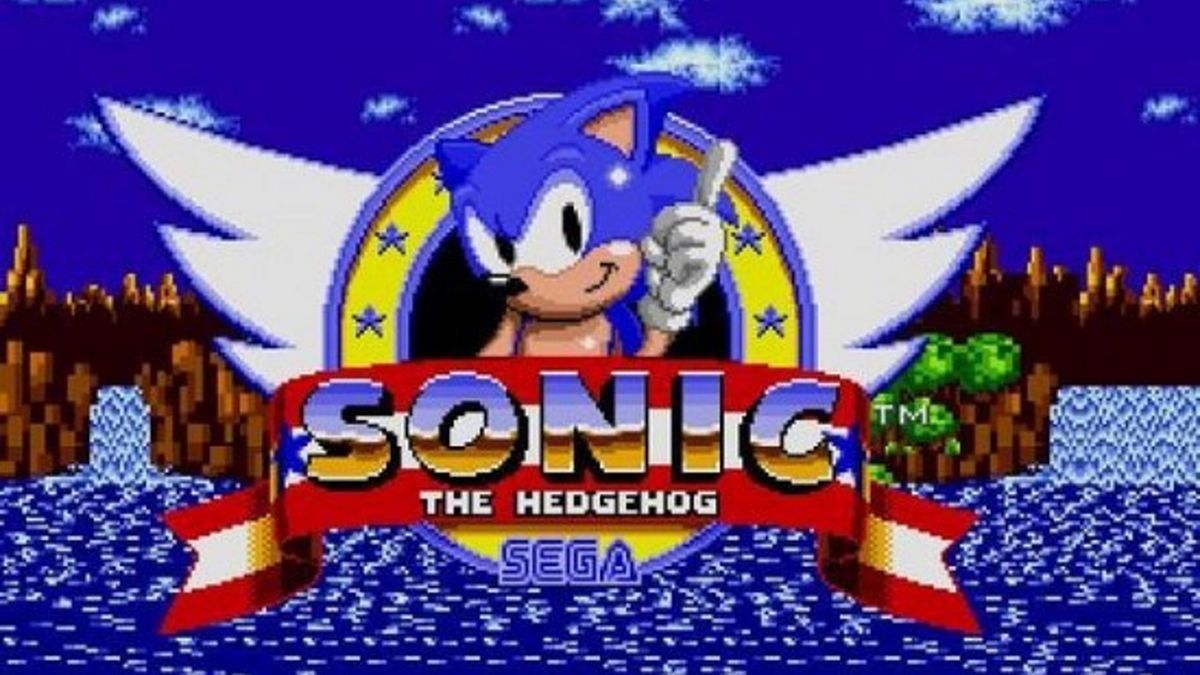We speak to ILM’s special effects wiz about bringing giant robots to life on the big screen, and how Michael Bay makes movies for his mum
SFX: What was the most demanding aspect of the special effects work on Transformers: Dark Of The Moon – destroying Chicago or the giant robots?
S cott Farrar: I would say they’re both demanding. I’ve had a lot of the same team together for six years as we’ve been developing the look of the Transformers universe. We’ve essentially been polishing an illusion. We can tell the difference. I think that the robots look better now. We always start with real whenever possible. We shoot real locations, puffs of smoke and debris; which was wholly different from what most of us who are practitioners of effects used to do. You always used to shoot everything absolutely clean and then put all the pieces in bit by bit separately. Shoot it against all blue screen and then pack it in like a sandwich layer. And I’ve learned that one reason why the way we do it now looks so much better is because of the colour and composition and tonality of all these different naturalistic effects, you learn from that. You would not believe how complicated a puff of smoke can be regarding self shadowing and colour and movement and the way the sun filters through it, so if you have something like that in the shot it gives you a much better guide as to anything you’re going to add after the fact.
I also like to start, wherever possible, with real photography. So I looked at a bunch of movies for the third act in Chicago. There are certain films where they’ve scraped away the entire city and recreated the whole city in computer graphics. That’s one solution. But I thought if we can shoot the real city and then use that – because there’s nothing like the complexity of the texture, either grain or pixel wise of a real photograph – so if we can shoot it with moving cameras or still photos let’s do that, and that’s what we did. And then you track the shots, and the tracking abilities of everybody have gotten a lot better than they used to be. It’s complicated because it’s stereo but you track it and then you put the damage in and then you put the layering and the textures and it looks more real.

(opens in new tab)
How much do the Transformers change from film to film?
Quite a bit. If we could show you visually, the comparisons. Michael Bay, the director, we have a good time with him and he always says: “Make stuff look cool. Don’t be boring, make it cool.” What happened this time, very simply speaking, was he wanted Bumblebee to be more buff with a larger chest like a strong man, and bigger shoulders, literally like a weightlifter. And he literally wanted Optimus Prime to have a six pack, so if you look at the movie there’s actually little indents in the machinery to plus him out. So that’s what we did. That’s going on with the car companies as well. Every year they tweak the design and change things to make it a little more cooler, more windswept, what have you. So we’re doing the same thing with the robots. Then, of course, we have the attending damage and so forth. On Revenge Of The Fallen , during Optimus Prime’s fight in the forest we had five different levels of damage which it’s just like being on set – you wreck the set. It starts out clean and as the fight goes on we have to make the damage, make the bent metal, charred, painted, so there’s a progression. You may not notice but it’s a very laborious process. You’ve got to set it all up so you’ll tell that story as it goes along.
So you have a continuity editor for battle damage, things like that?
That’s exactly right. We have meetings about how to track the damage. And every day in dailies we do that in the morning when I see the shots having been rendered overnight. You can get tricked because it’s real easy to forget to put these things in, so we’ll have a checklist and we’ll have a timeline on where does a shot fall based on the present cut from editorial. So you’ve got to be really careful and go, “OK, give me the checklist for this shot… tick, tick, tick… wait, we forgot the thing on the chest.” We didn’t put the bullet hole in or whatever it is. But it can be simpler than that. On Dark Of The Moon it’s really obvious when, during the final battle, [redacted for spoilers!] loses his [redacted for spoilers!], so we built that, got it all ready and put it in the shot, but it wasn’t obvious when it got cut. It wasn’t reading. He wasn’t presenting to camera. I go through that a lot. You’ve got to make sure that the audience sees it. I always say to myself if you don’t see it on the first time through it’s not working. And Michael Bay has this rule. He uses the Mother Rule. If his mother doesn’t understand the shot, we’ve got to redo it. So we kind of use that. I think it’s a really good approach to any shot, especially with this highly kinetic movement all the time, it’s easy to lose track. It’s really important cut to cut and you’re looking over in the upper left hand corner on one shot and then cut to lower right hand, well if there’s an effect you want going on or something that’s important to the story you’re going to miss it. So you’ve got to be mindful of those things.
 Game News Video Games Reviews & News
Game News Video Games Reviews & News



